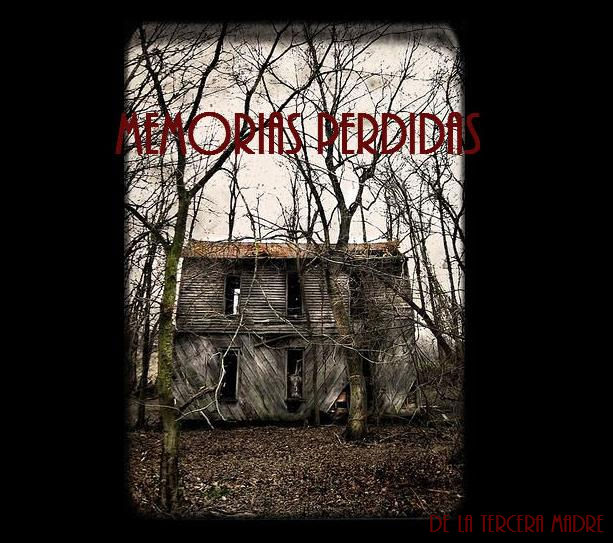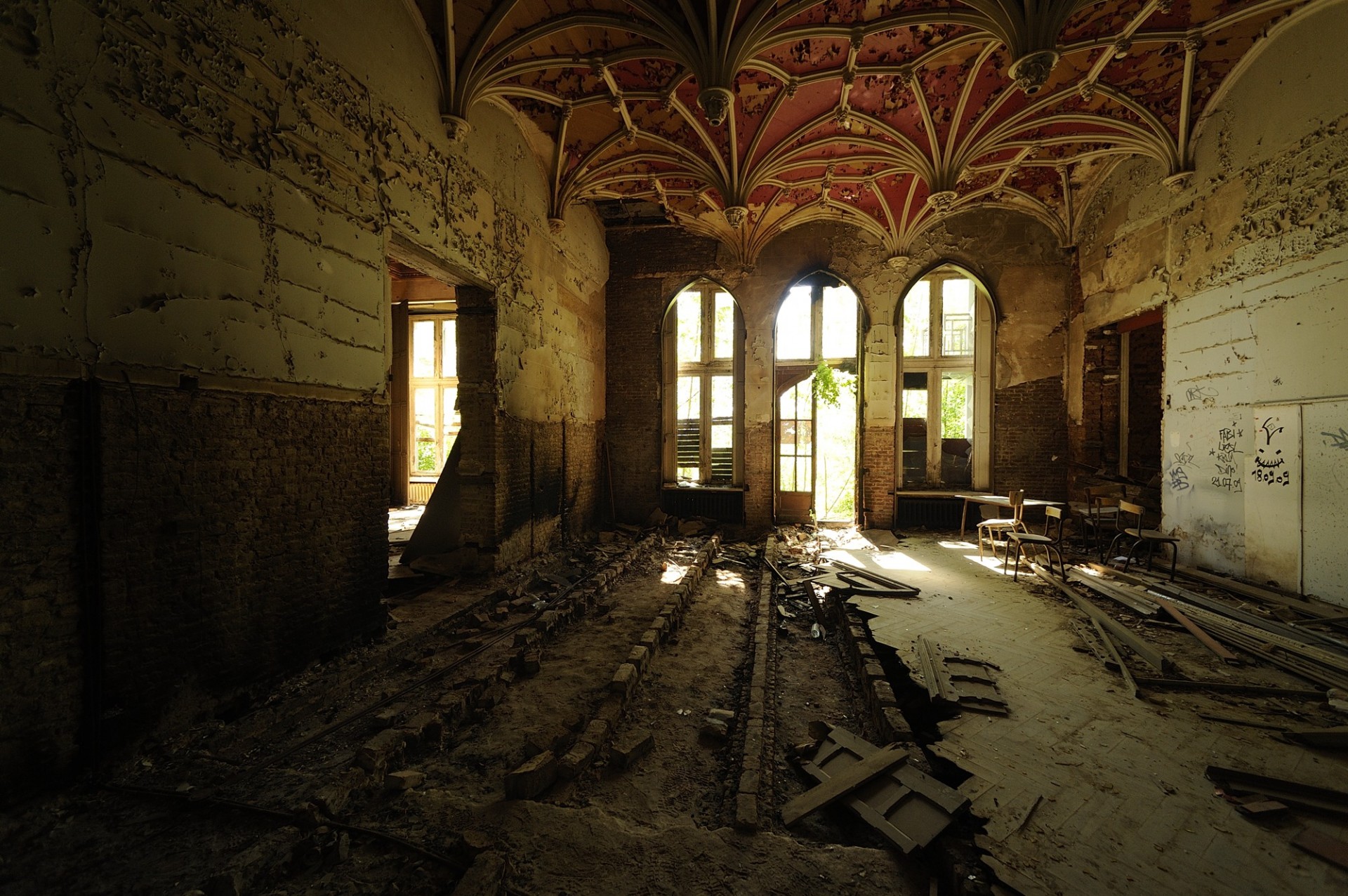The History of Château de Noisy (Château Miranda) (Belgium)
The History of Château de Noisy (Château Miranda)
Château de Noisy is a beautiful castle in the open lands of Belgium. The former ‘holiday camp’ is in a heavy state of disrepair and despite several offers, the owners refuse to sell it. It has suffered heavily from vandalism and the details from the interior have been removed to be used in another castle. Château de Noisy is one of the most beautiful locations we have seen. As of December, 2013 – the owners of Château de Noisy have formally applied for licence to demolish this heritage castle. Please see the end of this article for links to the formal petition against this action.
“Initially Chateau Miranda, boasting beautifully landscaped gardens, served the family Liedekerke de Beaufort as a summer residence.“
Original View
Current State (2013)
Background
During the French revolution the Count Liedekerke-Beaufort and his family, who we very much involved in Belgian politics, fled their home, Château de Vêves, to a secluded farm in the forest on the outskirts of the village in 1792. Upon the ending of the revolution, the English architect Edward Milner, was commissioned in 1866 by the Liedekerke-Beaufort family to design and build a castle on the land.
Original Interior
Current State (2013)
History
Château de Noisy was to be built with many towers, conical roofs, and other Neo-Gothic details, with approximately 500 windows. Milner did not get to finish the castle as he died before the building was completed. The building was continued by the French architect Pelchner, extending the Château largely.
The clocktower was finished in 1903 and is 183 feet tall, and 1907 saw the completion of building activity. Initially Chateau Miranda, boasting beautifully landscaped gardens, served the family Liedekerke de Beaufort as a summer residence.
During the Ardennen offensive in World War II, the château was briefly occupied by German troops. During the Battle of the Bulge, there was also fighting on the property.
From 1950 the castle was taken over by the National Railway Company of Belgium (NMBS) as a ‘holiday camp’ for children who suffered from ill health. Around this time, the castle was named Home de Noisy or Château de Noisy. Equipped with 200 places the ‘holiday camp’ gave shelter to the children, providing fresh air, a fabulous playground and healthy food.
The regime at Home de Noisy was strict, it was run by female officials and the children dressed uniformly. In the square between the outbuildings a small football pitch was set up and the fountain in the garden was converted into a swimming pool. These were of various nationalities and language regions: French and Flemish children between 5 and 14 from Belgium and during the holiday season, children from Italy.
After 1970 it was used for outdoor activities and sport holidays for children, and became well known in Belgium.
“Despite the ‘municipality of Celles’ offering to take it over, the family has refused.”
Original State
Current State (2013)
In the 1990′s the owners began to search for investors, with the desire to transform the Château into a hotel. Due to the rising costs of maintenance and refurbishment, the plans failed and the Château was abandoned in 1991.
In 1995 a fire claimed part of the roof, and shortly after this the owner removed the hardwood floors, fireplaces and Italian blue marble to use in the neighbouring farm and another castle in Italy. In 2006 a violent storm, caused the stable roof to collapse.
Despite the municipality of Celles making an offer to take it over, the family has refused.
Summary & Current Situation
This beautiful building is unstable and in disrepair. Internally, the structures are failing. Despite this, the building still maintains it beauty. Its likely that Château de Noisy will fall and become ruins unless the owners invest or sell. With the history, this however seems unlikely.
I am looking for original documentation on Noisy, postcards, press articles etc. If you have any, please contact me
It has been confirmed that from December, 2013, the owners have put forward a formal request for permit to demolish Château de Noisy. The heritage loss of this beautiful castle is significant and incomprehensible. A formal petition has been arranged, please take a few minutes to have a look and sign if you feel this place is worth saving.
Image Gallery
Available here
References:
http://en.wikipedia.org/wiki/Miranda_Castle
http://www.lipinski.de/noisy-historical/index.php
http://fr.wikipedia.org/wiki/Ch%C3%A2teau_de_Noisy
http://www.chateau-de-veves.be/en/chateau.html





















